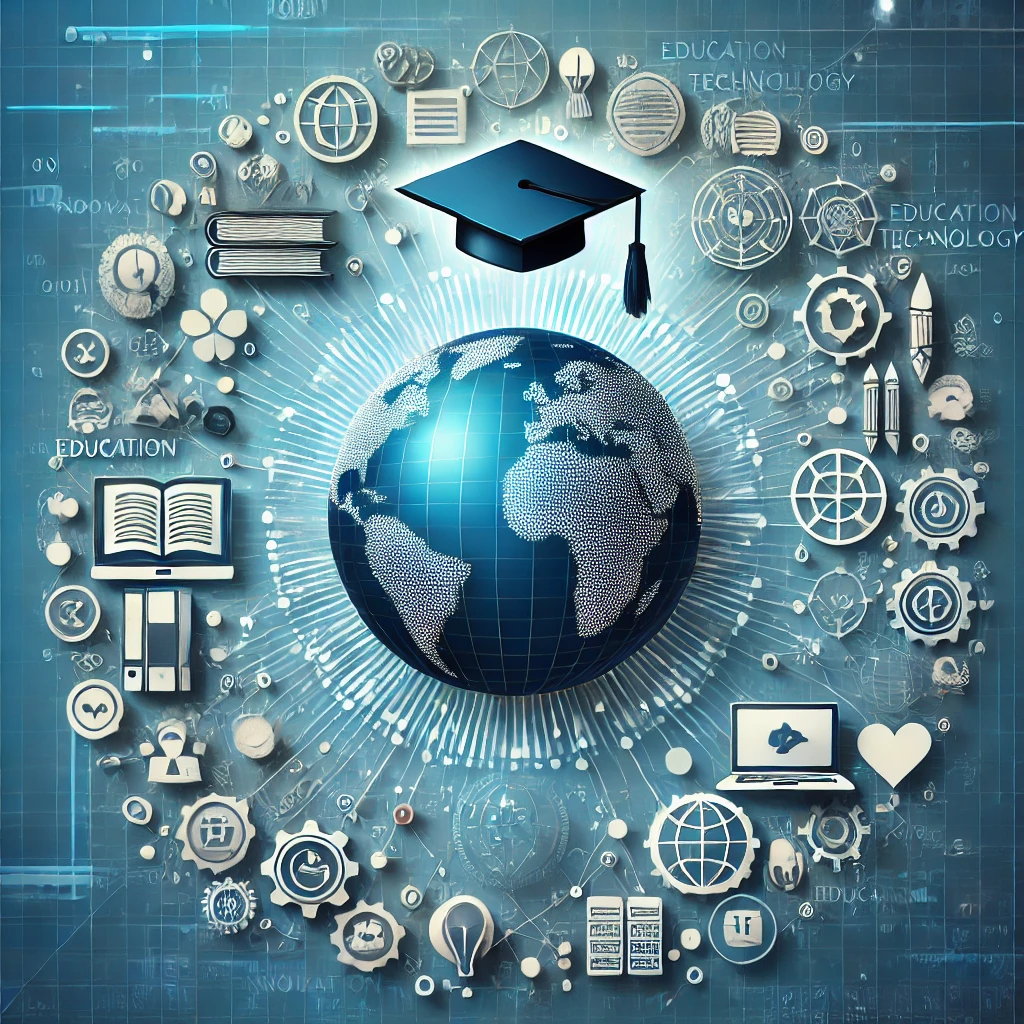Unlocking the Potential of Education Technology: A Comprehensive Analysis
Education technology, or “EdTech,” has become a cornerstone of modern classrooms, revolutionizing how educators teach and students learn. From interactive whiteboards to adaptive learning software, EdTech offers tools that enhance engagement, personalize learning, and improve outcomes. However, the integration of technology in education is not without its challenges. In this article, we’ll explore key factors shaping the field, the tradeoffs involved, and the importance of strategic decision-making in leveraging technology for educational success.
The Role of EdTech in Classroom Innovation
EdTech encompasses a wide array of tools and platforms designed to support teaching and learning. These innovations range from immersive technologies like virtual reality (VR) and augmented reality (AR) to AI-driven learning analytics. Each of these tools offers unique benefits:
- Immersive Learning (VR/AR): Helps students visualize complex concepts, fostering deeper understanding and engagement.
- Adaptive Learning Platforms: Tailor content to individual student needs, ensuring a personalized learning experience.
- AI-Powered Analytics: Provide real-time insights into student performance, allowing educators to intervene promptly and effectively.
While these tools have demonstrated significant potential, their success hinges on effective implementation and alignment with educational goals.
Balancing Innovation and Accessibility
A primary challenge in adopting EdTech lies in balancing innovation with accessibility. Cutting-edge technologies often come with high costs, which can strain school budgets. Additionally, ensuring equitable access across diverse student populations is critical. Rural and underfunded schools may struggle to provide the same level of technological integration as their urban counterparts.
Tradeoff: Investing in state-of-the-art tools may improve educational outcomes but can widen the digital divide if not paired with initiatives to ensure broad access.
To address this, many districts adopt a phased approach, starting with pilot programs to gauge effectiveness and scalability. Government grants and partnerships with EdTech companies can also help mitigate costs.
Challenges in Integrating EdTech
Integrating technology into classrooms is not without hurdles. Common challenges include:
- Teacher Training and Support: Even the best tools are ineffective without proper training. Professional development is essential to help educators confidently use new technologies.
- Infrastructure Limitations: Schools must ensure their infrastructure, including internet bandwidth and device availability, can support new technologies.
- Data Privacy and Security: With the rise of AI and data-driven tools, protecting student data is paramount. Schools must navigate complex regulations and invest in robust cybersecurity measures.
These challenges require a comprehensive strategy that includes stakeholder collaboration, ongoing training, and regular assessments of technological impact.
Measuring the Impact of Education Technology
The ultimate goal of integrating EdTech is to improve educational outcomes. Measuring its impact involves evaluating various metrics, such as:
- Student Engagement: Are students more motivated and actively participating in lessons?
- Academic Performance: Do test scores and grades improve with the use of specific technologies?
- Teacher Efficiency: Does technology reduce administrative burdens and allow teachers to focus more on instruction?
Decision-makers must consider both qualitative and quantitative data when assessing the effectiveness of EdTech tools. Continuous feedback from students, teachers, and parents can help refine implementation strategies.
The Future of EdTech: Trends to Watch
Several emerging trends are shaping the future of EdTech:
- Blended and Hybrid Learning Models: Combining in-person and online instruction offers flexibility and caters to diverse learning preferences.
- Gamification: Using game elements to boost student engagement and motivation.
- Lifelong Learning Platforms: Supporting skill development beyond traditional K-12 and higher education settings.
These trends highlight the evolving nature of education and the need for adaptable, forward-thinking strategies.
Conclusion: Making Informed Decisions in Education Technology
Education technology holds immense promise for transforming learning, but its success depends on thoughtful planning and execution. Schools and districts must weigh the benefits of innovation against potential challenges, prioritizing equity, training, and impact assessment. By considering these factors, educators can make informed decisions that enhance learning experiences and prepare students for the demands of the 21st century.
As EdTech continues to evolve, its role in classroom innovation will only grow. Stakeholders must remain committed to creating inclusive, effective, and sustainable learning environments that harness the full potential of technology.
